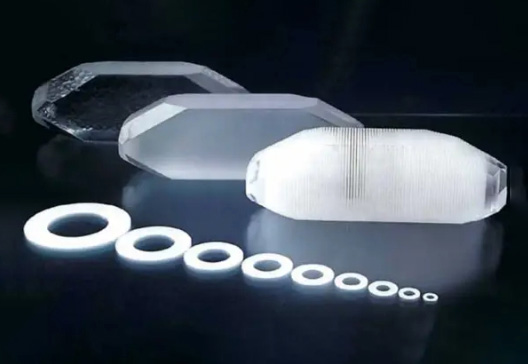Graphene to lead the way in development of the e-skin
The popularity of graphene has increased due to its flexibility, which is better than indium tin oxide (ITO). The carbon-rich substance is just one-atom thick, making it the thinnest material in real world. Ironically, in spite of the thinness it is 2300 times stronger than steel. In addition, scientists have found graphene to be far much cheaper than any other conductive material. Graphene comes at a time when ITO is expected to run out at around 2017 and is becoming increasingly expensive to obtain. The timing, availability, strength, ability to conduct electricity and thinness have made it one of the most important inventions and promising investments to take up.
Every keen investor is dying to lay hands on the precious invention. For instance, as much as China controls 70% of the mineral, the European commission has already started plans to invest 2 billion pounds on graphene. Graphene is viewed as the next big thing for a number of reasons. It is 100 times faster in making semi conductors and can make a plan lighter by about 70 percent. Graphene is expected to develop thinner, cheaper, and faster electronics that are clearer and flexible. Additionally, these electronics are waterproof, can be submerged in water and the batteries will have a longer life. Computers and phones made from graphene can fold and bend with the ability of making things invisible. Graphene is the future of e-skin because researchers have established that the material can stretch by about 20 percent and still conduct electricity while silicon can only stretch by 1 percent.
Technology companies such as Samsung, Sandisk, IBM, and Nokia are exploring options on how to develop the next durable e-skin for their devices using graphene. The material has the ability to create wearable iPhones with a battery life of about 2 to 3 weeks while allowing the user to go swimming while still around the wrist. The stretching ability of the material makes it suitable for wearable technologies. For instance, an ounce of graphene can stretch to more than 28 football fields. It also holds the possibility of producing tablets and smartphones that are paper-thin and can be folded up when the device is not in use. Samsung for instance, is looking into making graphene transistors that could pave way for wearables, flexible displays and other e-skin devices. However, inventors in graphene must ensure sustainable ecological solutions due to high levels of carbon.




